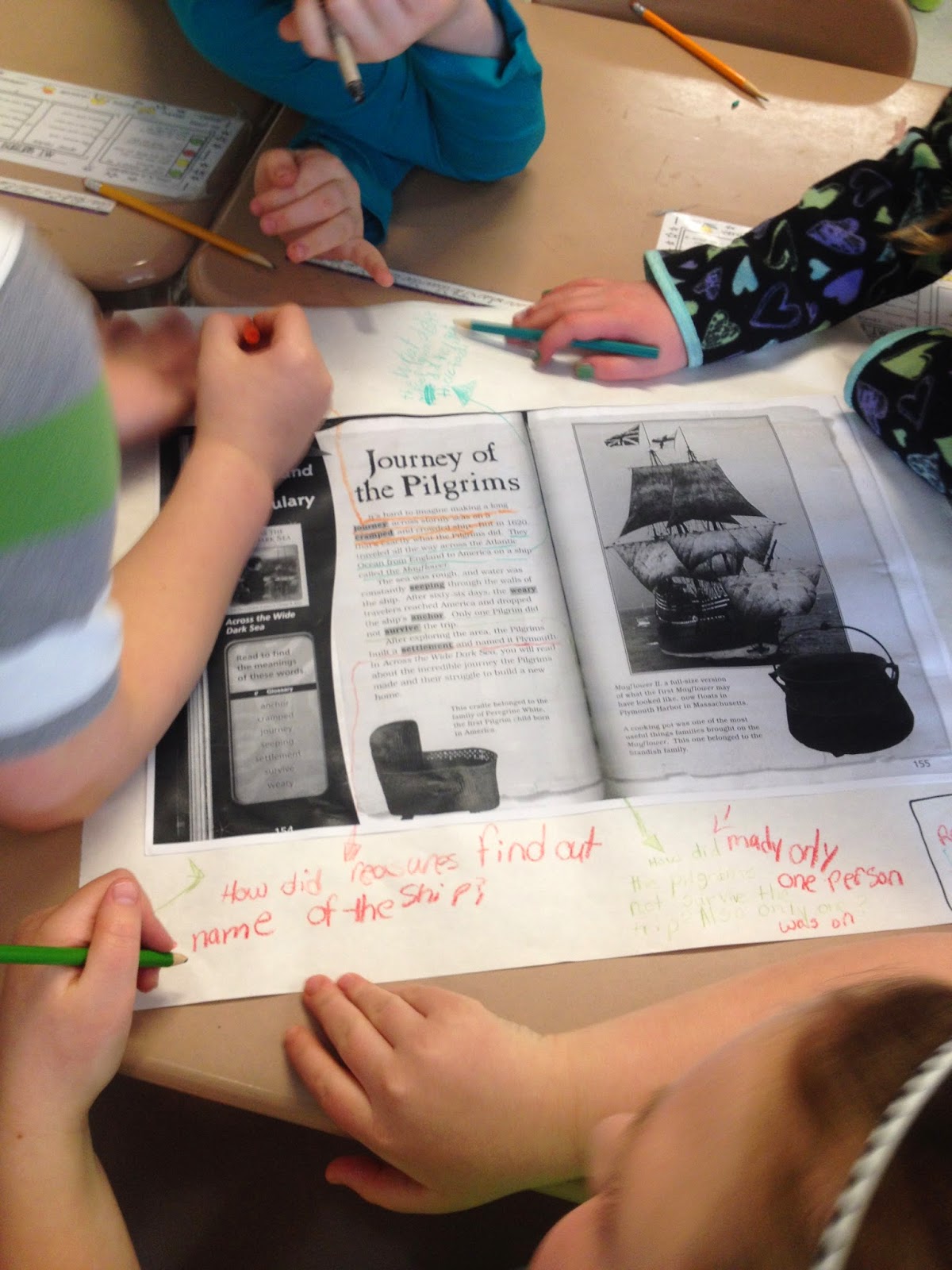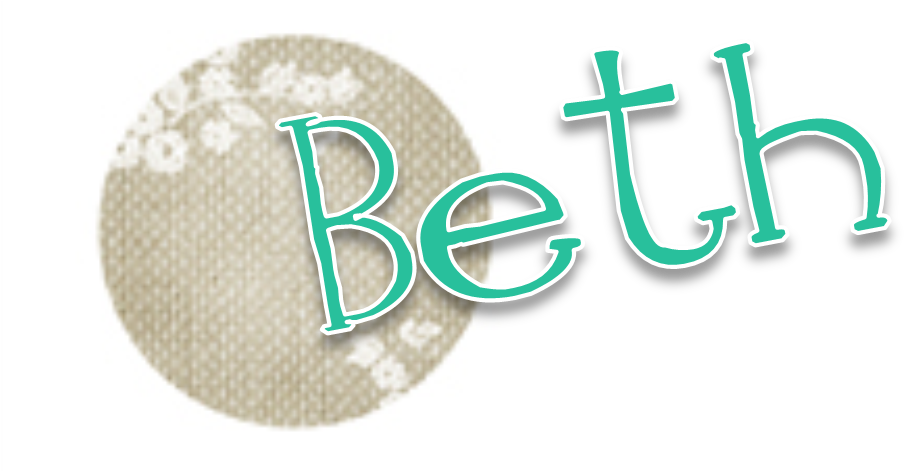For the past few years, I have become very familiar with the reading workshop model used by many classrooms, the Daily Five, but still only used guided reading groups. I used all the stations, the check-in sheets, and all that good stuff. After reading a post on
Beth Newingham's Scholastic blog, I decided to make a change. I already used most of the components Beth already used, but I added individual conferences. I must say, BEST DECISION EVER! If you haven't already tried individual conferences, do it! :) I read Day-to-Day Assessment in the Reading Workshop and it truly helped to get these conferences up and moving. The book breaks it down so easily!
So for the past few weeks, I have been seeing kiddos one-on-one and learning so much about them as readers. Each conference starts pretty much the same: I sit down next to them, that's right, even if they're on the floor :) and ask how their reading is going.
We talk about what we discussed the last time we met and decide if he/she needs to keep the same goal or move on to another. Then, I take a minute or so reading with them, and maybe taking some time to teach a skill or reinforce the skill they are already working toward. You may be wondering, how does a student choose a skill? Simply put, I ask them, "What do you want to work on as a reader?" Sometimes I get a "UMMMM, I don't know..." then other times, "I want to work on main idea and details because I'm not sure how to find details." I know the latter is quite amazing to hear! :) I keep track of everything we talk about in my data binder on a sheet I created.

Each box on the page has the child's book title, page # (to see how they're coming along in the same books), date, notes, and next time. I made the notes section very general because every student has a different skill they want to work on. I use the "next time" section to jot down something I need to remember to discuss with that student between conferences at the next conference.
I love these individual conferences because it holds the students accountable for their own learning and I love seeing them be so excited about how they are getting better at their goals.
Happy teaching!



































